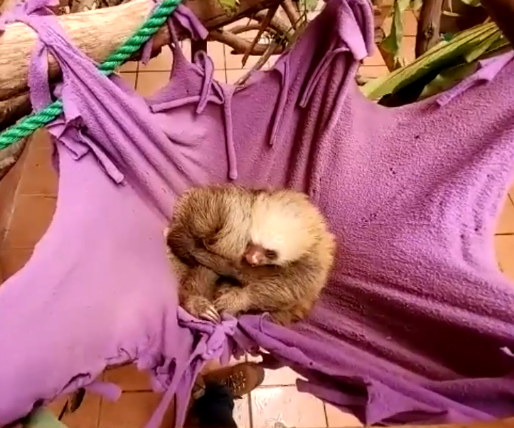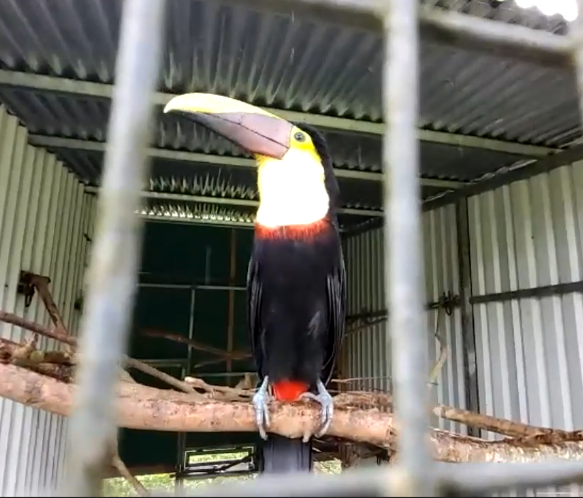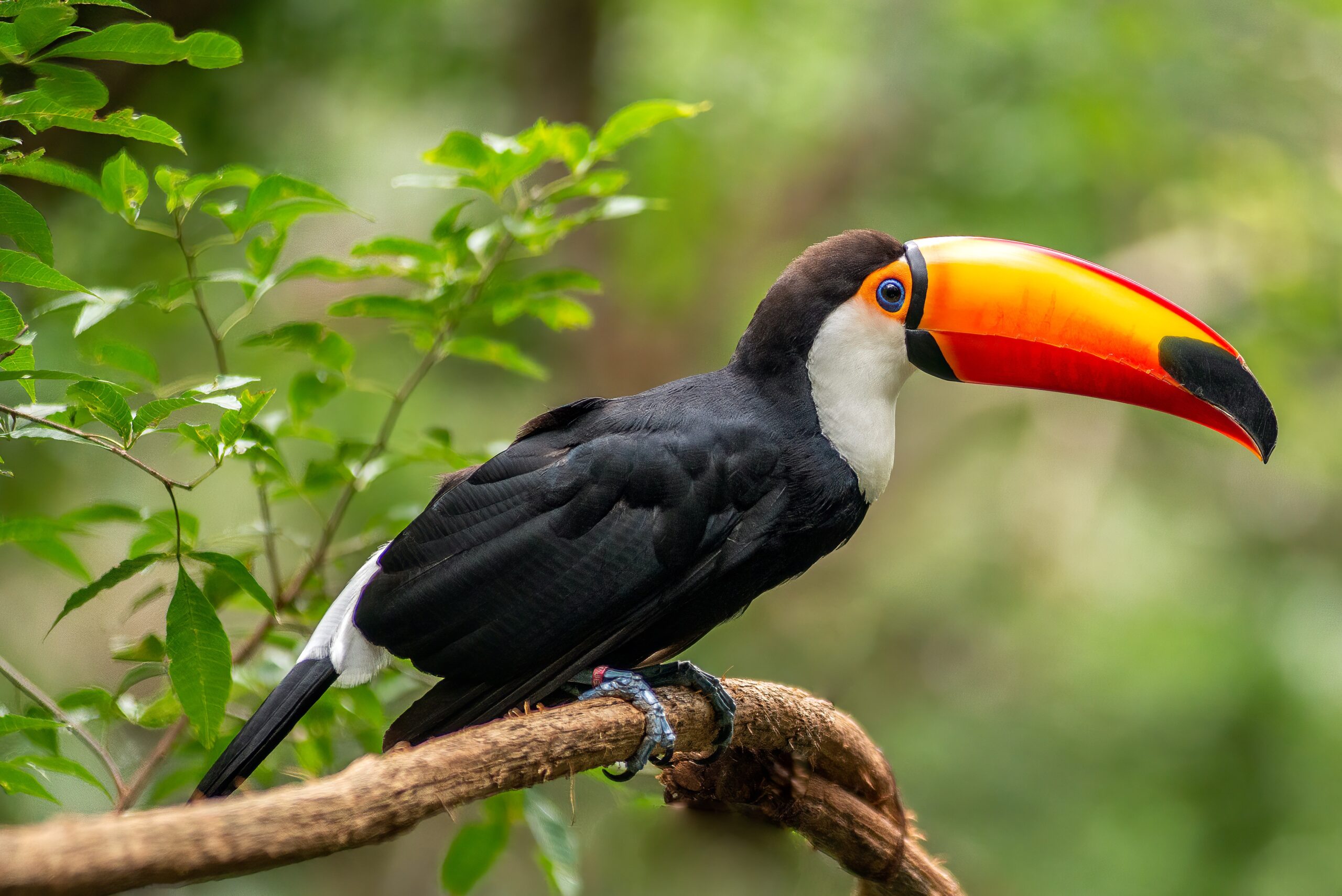We recently held a virtual field trip to the Toucan Rescue Ranch (TRR) in Costa Rica. The Rescue Ranch is a sanctuary for injured, sick and displaced wildlife. With an unwavering commitment to conservation, TRR has become a beacon of hope for countless animals in need, specializing in the care, rehabilitation and release of national wildlife. Our virtual tour at the ranch shed light on their crucial work and the remarkable journey they take with every animal they encounter.
During our virtual field trip, students were able to meet a few of the sloth and toucan residents currently at the Toucan Rescue Ranch as well as a few dedicated people behind the scenes. We could not get over how cute the baby sloths were and the beauty of the toucans!

At its core, the Toucan Rescue Ranch is dedicated to providing a second chance at life for animals in need. TRR was founded in 2004 by Leslie Howle and Jorge Murillo and initially focused on the rescue, rehabilitation and release of Costa Rican toucans. Their efforts drew attention and caught the attention of Costa Rica’s Ministry of Environment and Energy (MINAE), which began tasking TRR with several bird species.
As the years went by, TRR’s impact grew. In 2007, the arrival of a baby sloth named Millie marked a turning point. With Millie’s arrival, TRR evolved into a full-fledged multi-species wildlife rescue facility, specializing not only in toucans but also in sloths and owls. Today, their care extends to a wide variety of wildlife, including weasels, porcupines, cats, parrots, and many more.
Here are some fun facts about sloths and toucans!

Sloths:
- Slow Movements: Sloths are famously slow-moving creatures, with some species moving at a pace of just 0.24 kilometers (0.15 miles) per hour. This leisurely movement helps them conserve energy.
- Unique Digestive System: Sloths have a slow metabolism, and their diet of leaves is difficult to digest. To compensate, their stomach has multiple compartments and a specialized digestive system to extract nutrients efficiently.
- Swimming Skills: Despite their sluggishness on land, sloths are actually quite adept swimmers. They can move three times faster in water, using their long arms to navigate gracefully.
- Inverted Fur: The fur of sloths grows in the opposite direction of most mammals – from belly to back. This helps rainwater to drain away more easily and also provides a convenient environment for algae to grow, which camouflages the sloths.
- Sleepy Schedule: Sloths are known for their lengthy sleep schedules. Some species sleep up to 15 hours a day, while others may sleep even longer. This is because their low-energy diet requires them to conserve as much energy as possible.
Toucans:

- Colorful Beaks: Toucans are recognized by their large and colorful beaks. These beaks are lightweight despite their size, and they are used for various functions including feeding, attracting mates, and regulating body temperature.
- Fruit Lovers: The diet of toucans is mainly composed of fruits. Their beaks help them reach and consume a wide variety of fruits in the rainforest canopy.
- Excellent Climbers: Despite their relatively large size and beaks, toucans are skilled climbers. They use their strong beaks to grasp onto branches and hop around trees.
- Social Birds: Toucans are social creatures and often travel in flocks. These flocks can consist of several different species of toucans and other birds.
- Unique Sound: Toucans have a croaking, frog-like call that can be quite loud and distinctive. This call helps them communicate with other toucans in the dense forest environment.
It was an absolute privilege to visit the Toucan Rescue Ranch (even if it was virtually) and learn about their mission and meet the adorable residents. We cannot wait to see what they do in the future!
You can enjoy a recording of our virtual field trip here!




